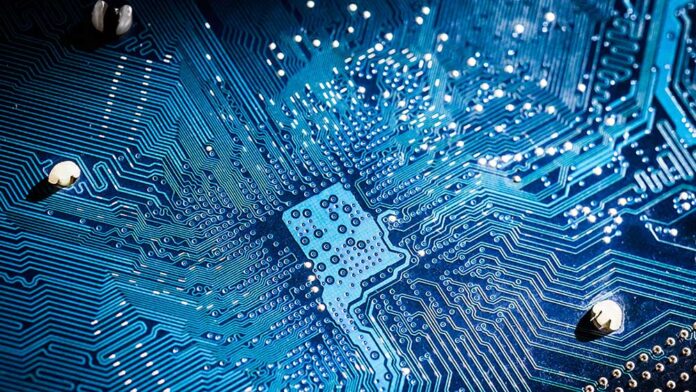Optoelectronics are used for a variety of applications, but one of the most common is sourcing, detection, and control of light. In many cases, optoelectronics can provide a more efficient and effective solution than traditional electronics. If you’re planning to buy Optoelectronics, you need to understand its advantages. One of the advantages of optoelectronics is that they can be used in a wide range of environments, including those that are wet or dusty. Additionally, optoelectronics are often more resistant to electromagnetic interference than traditional electronics.
Optoelectronics has since grown to encompass a wide range of technologies, from solar cells to LED lights. The applications of optoelectronics are vast and continue to grow. One of the most common applications is solar energy. Solar cells convert sunlight into electrical energy, which can then be used to power homes and businesses.
Optoelectronics is also used in lighting, communications, and imaging. As optoelectronics continues to evolve, new and innovative applications will be discovered. The potential for optoelectronics is limitless, and possibilities are endless.
Here Are The Different Types Of Optoelectronic Devices:
Photodiodes
One type of optoelectronic device is the photodiode. Photodiodes are semiconductor devices that convert light into electrical current. They are used in a variety of applications, including optical communications, data storage, and sensing.
Photovoltaics
Photovoltaics are devices that convert light into electricity. They are made of semiconductor materials, such as silicon, that absorb photons from sunlight and release electrons. The electrons flow through an electrical circuit, generating a current.
Photoresistors
A photoresistor is a type of resistor that changes its resistance in response to light. When light shines on a photoresistor, its resistance decreases. This makes photoresistors ideal for use in light-sensitive applications such as light meters and automatic lighting controls.
Light-Emitting Diodes
LEDs are a type of optoelectronic device that emits light when an electric current is passed through them. They are made from a semiconductor material, typically a compound of silicon and carbon, and are found in a wide range of electronic devices, from TVs and computers to Traffic lights and LED lights.
LEDs have many advantages over traditional light sources, such as incandescent bulbs. They are more energy-efficient, last longer, and are more durable. LEDs also emit very little heat, making them safer to use in a wide range of applications.
Laser Diodes
A laser diode is a device that emits light through the process of optical amplification. Laser diodes are used in a wide variety of applications, including optical fiber communications, barcode readers, and laser printers.
Optical Fibers
Optical fibers are long, thin strands of glass that are used to transmit data. They are the backbone of many optoelectronic devices, such as fiber-optic cables and optical switches. There are two main types of optical fibers: single-mode and multimode. Single-mode fibers are used for long-distance data transmission, while multimode fibers are used for shorter distances.
Conclusion
Optoelectronic devices are devices that convert electrical energy into light or vice versa. They are used in a variety of applications, including telecommunications, computing, and lighting. In optoelectronic devices, electrical energy is converted into light by means of semiconductor devices such as light-emitting diodes (LEDs) and lasers.



















